10 Best Ways to Naturally Lower Blood Pressure
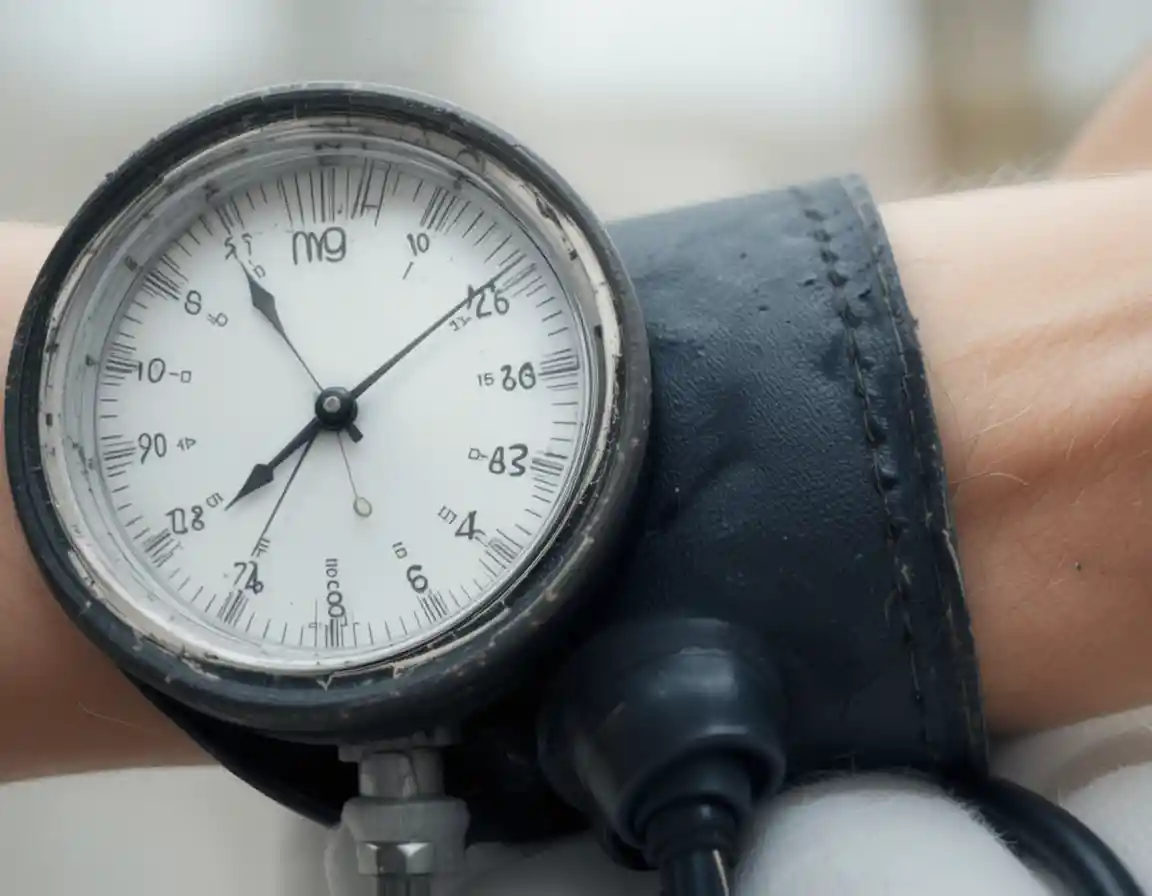
We’ve all had that moment—sitting in the doctor’s office, hoping our numbers are okay. Then comes the slight frown, a pause, and the words: “Your blood pressure is a bit high.” It’s a phrase that triggers worry, especially when you’re young, active, or think you’ve been doing “just fine.” The truth? High blood pressure doesn’t care how old you are. It can sneak up on anyone—silently and without warning.
I’ve been there. I remember feeling that rising anxiety in my chest, like I was suddenly fragile. But here’s the good news: there are natural ways to lower blood pressure that don’t involve prescription pills right away. You can make small, steady shifts in your daily life—things that feel so simple, they almost seem too good to be true. But they work.
Let’s walk through the 10 best ways to naturally lower blood pressure—not just what science says, but how it feels to live it, step by step. You’ll find real talk, relatable advice, and the kind of changes that feel doable even on your busiest days.
1. Cut Down on Sodium Without Losing Flavor
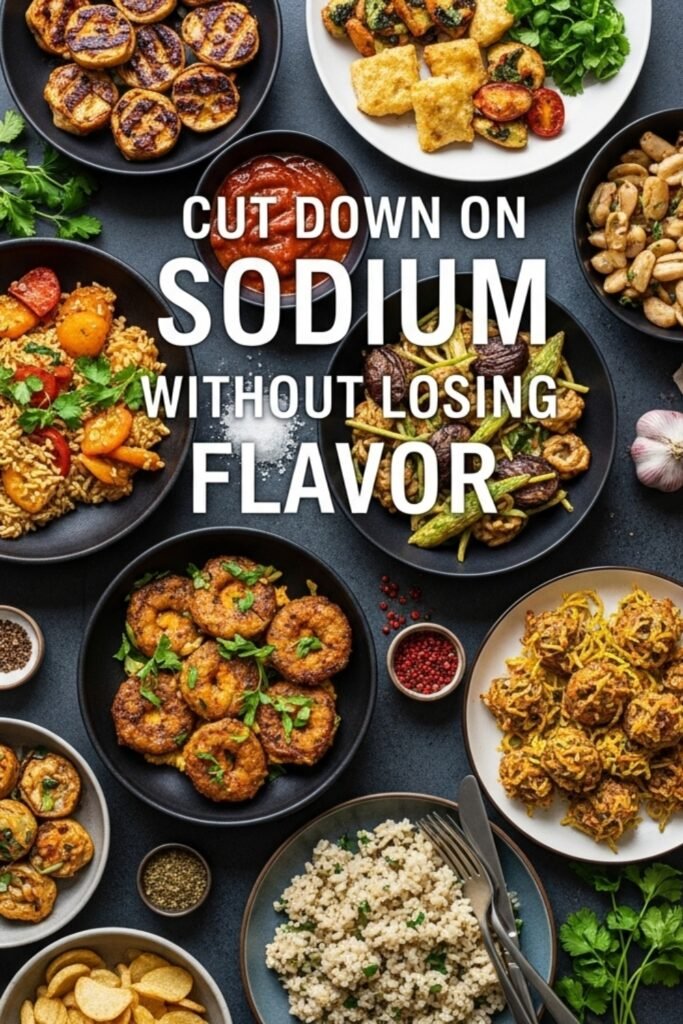
We all love that salty crunch—potato chips, instant noodles, fries. Salt is in everything. But it’s one of the biggest culprits behind high blood pressure. The World Health Organization recommends no more than 2,000 mg of sodium a day. That’s less than one teaspoon. Most of us eat double that without realizing.
But reducing salt doesn’t mean your food has to taste like cardboard. I remember switching to lemon juice, garlic, and herbs like basil and rosemary. The flavor? Better than ever. Your tongue adjusts. And in a few weeks, salty foods taste overwhelming.
Here’s a quick look at low-sodium alternatives:
| Common Ingredient | High-Sodium | Healthier Swap |
|---|---|---|
| Soy Sauce | 1,000+ mg | Coconut Aminos |
| Canned Soup | 800+ mg | Homemade Broth |
| Chips | 200+ mg | Air-popped Popcorn |
| Salted Butter | 90+ mg | Unsalted Butter |
| Seasoning Blends | 300+ mg | DIY Spice Mix |
Cutting salt isn’t about punishment—it’s about progress. You’ll feel lighter, your rings will fit better, and over time, your numbers will reflect it. To naturally lower blood pressure, less salt is a simple, impactful place to start.
2. Embrace the Magic of Daily Movement
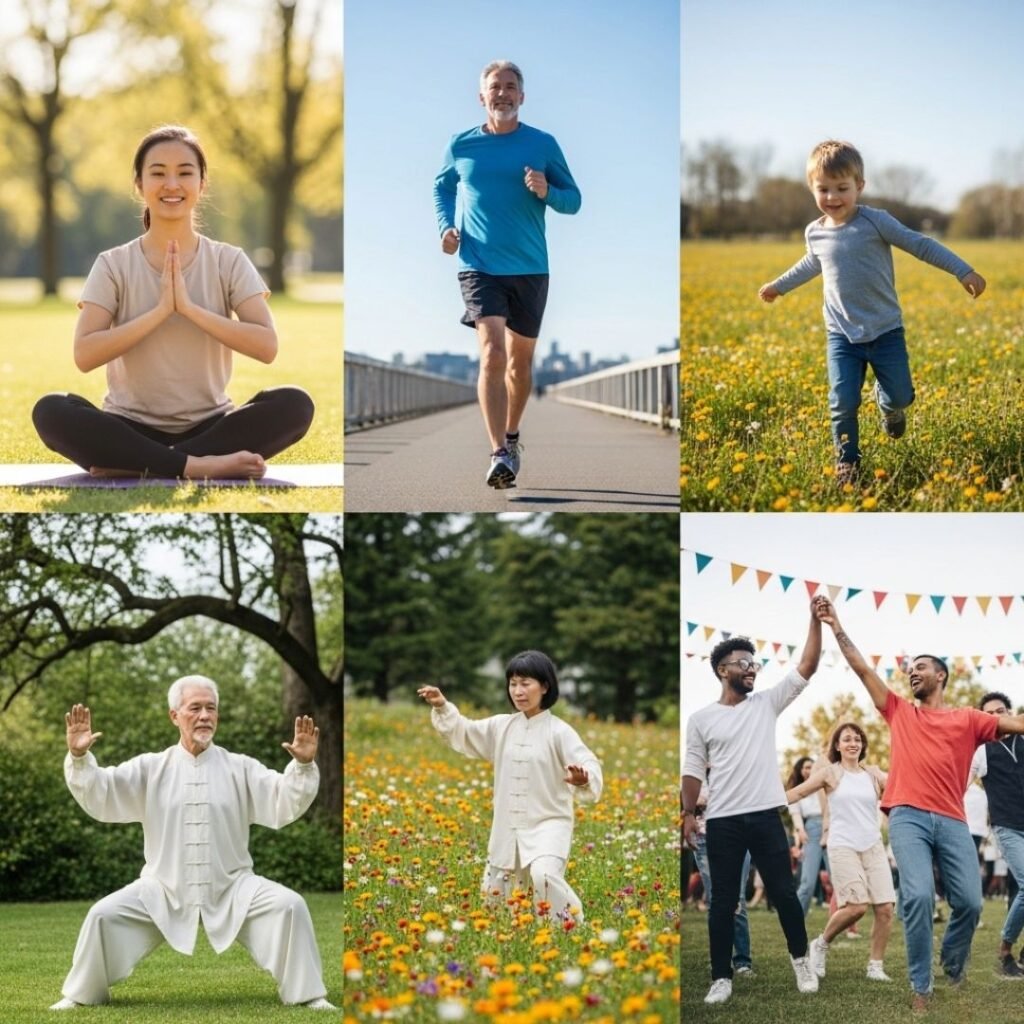
You don’t have to become a gym rat. You don’t need six-pack abs. But you do need to move your body every day. Regular physical activity is one of the most effective ways to naturally lower blood pressure—and it’s free.
I found that walking in the morning, before my brain fully woke up, did wonders. No heavy lifting, no fancy gear. Just sneakers and silence. Over time, I noticed my stress melting away with every step. My mood got better too, and the scale started cooperating.
Here are some easy ways to get 30 minutes of movement:
-
Walk the dog—or borrow your neighbor’s!
-
Dance while cleaning (yes, seriously)
-
Ride a bike around your block
-
Take the stairs instead of the elevator
-
Try a YouTube yoga class (there are tons)
Exercise helps your heart work more efficiently. It improves circulation and reduces the force on your arteries. Start small. Even 10-minute chunks throughout the day help. Just keep moving.
3. Discover the Power of Potassium-Rich Foods
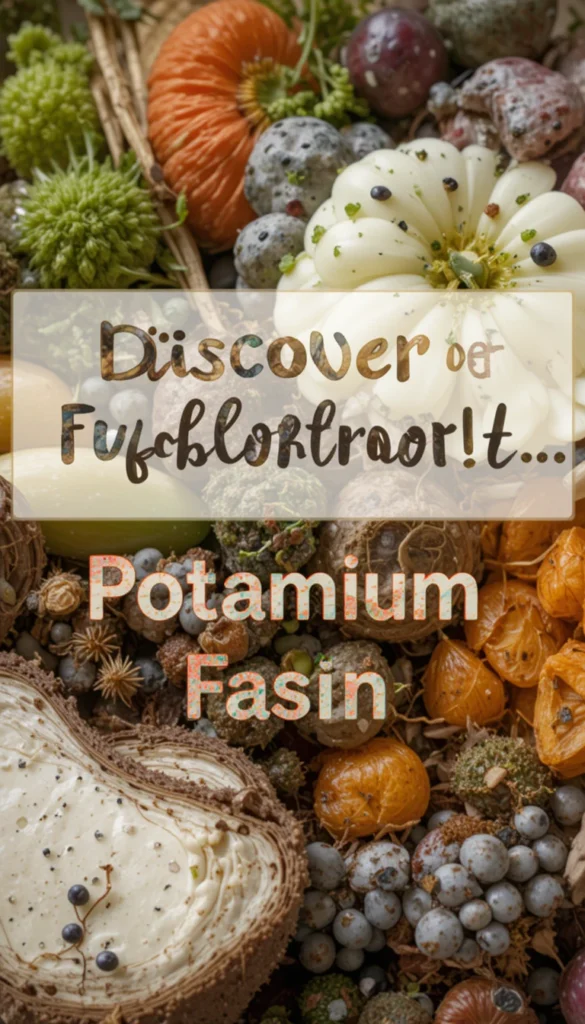
If sodium is the villain, potassium is the hero. Potassium helps your body flush out excess sodium and eases the tension in your blood vessel walls. Eating potassium-rich foods is like giving your arteries a soothing massage.
Bananas are the poster child, but they’re not the only star in this show. I personally love baked sweet potatoes and spinach smoothies. You’d be surprised how easy it is to get your daily potassium once you know where to look.
Here’s a handy list of potassium-rich foods:
-
Sweet Potatoes – warm, filling, and nutritious
-
Avocados – creamy and heart-healthy
-
White Beans – fiber plus potassium
-
Spinach – perfect for smoothies
-
Coconut Water – hydrating and mineral-rich
When I made these swaps, I felt more energized, less bloated, and yes, my blood pressure readings started to shift. Nature gives us what we need—we just have to reach for it.
4. Breathe Deep: Manage Stress With Mindfulness
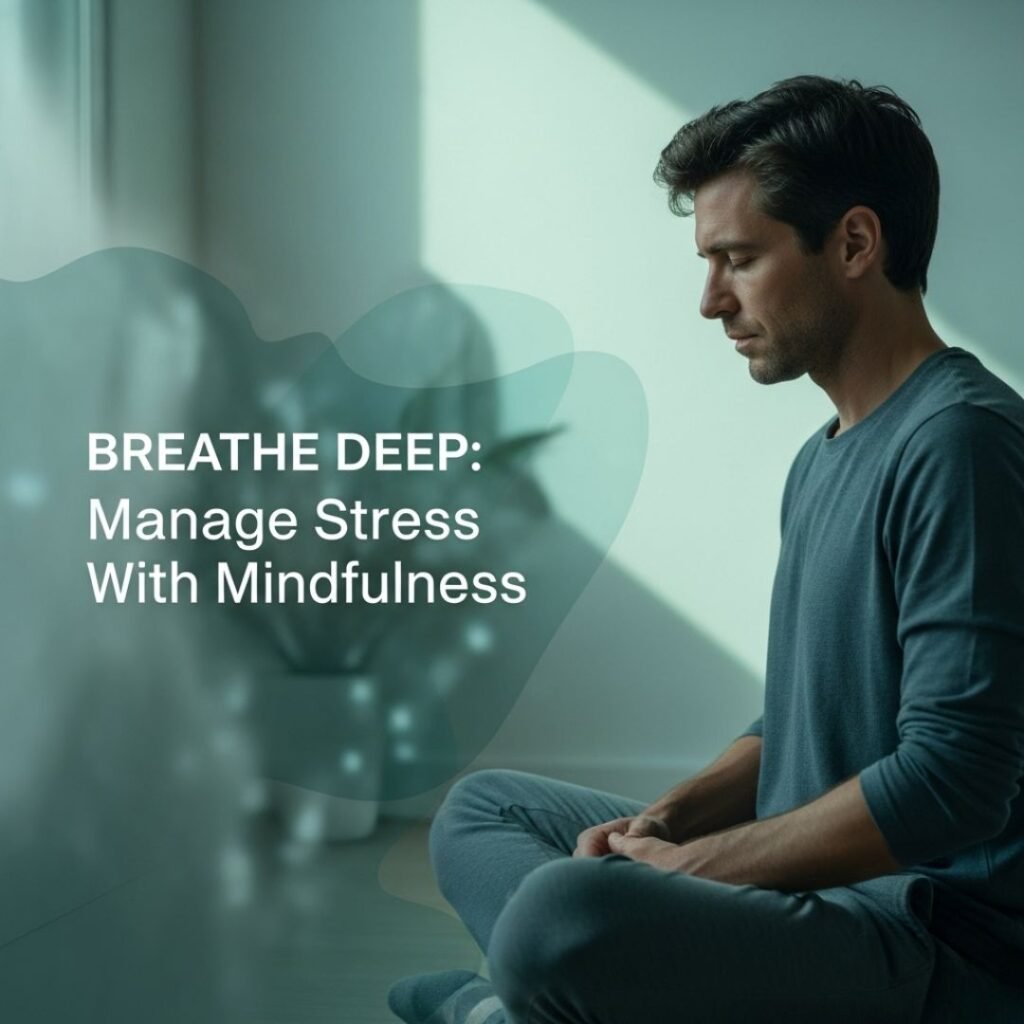
We often treat stress like a badge of honor. The more stressed we are, the more important we feel. But chronic stress sends your blood pressure into overdrive. It’s like living with your foot on the gas—nonstop.
When I first started meditating, it felt silly. Sitting still? Breathing? Who has time? But five minutes turned into ten. And soon, I looked forward to that quiet time. My shoulders relaxed. My heart rate slowed. I could think clearly again.
Here are simple ways to manage stress naturally:
-
Deep breathing exercises (inhale for 4, exhale for 6)
-
Journaling at night (clear your head before sleep)
-
Gratitude lists (train your brain to focus on good)
-
Saying “no” without guilt
-
Guided meditations (there are great free apps)
You don’t need to become a monk. Just pause. Notice. Breathe. To naturally lower blood pressure, calming your mind is just as important as caring for your body.
5. Cut Back on Alcohol—Your Heart Will Thank You
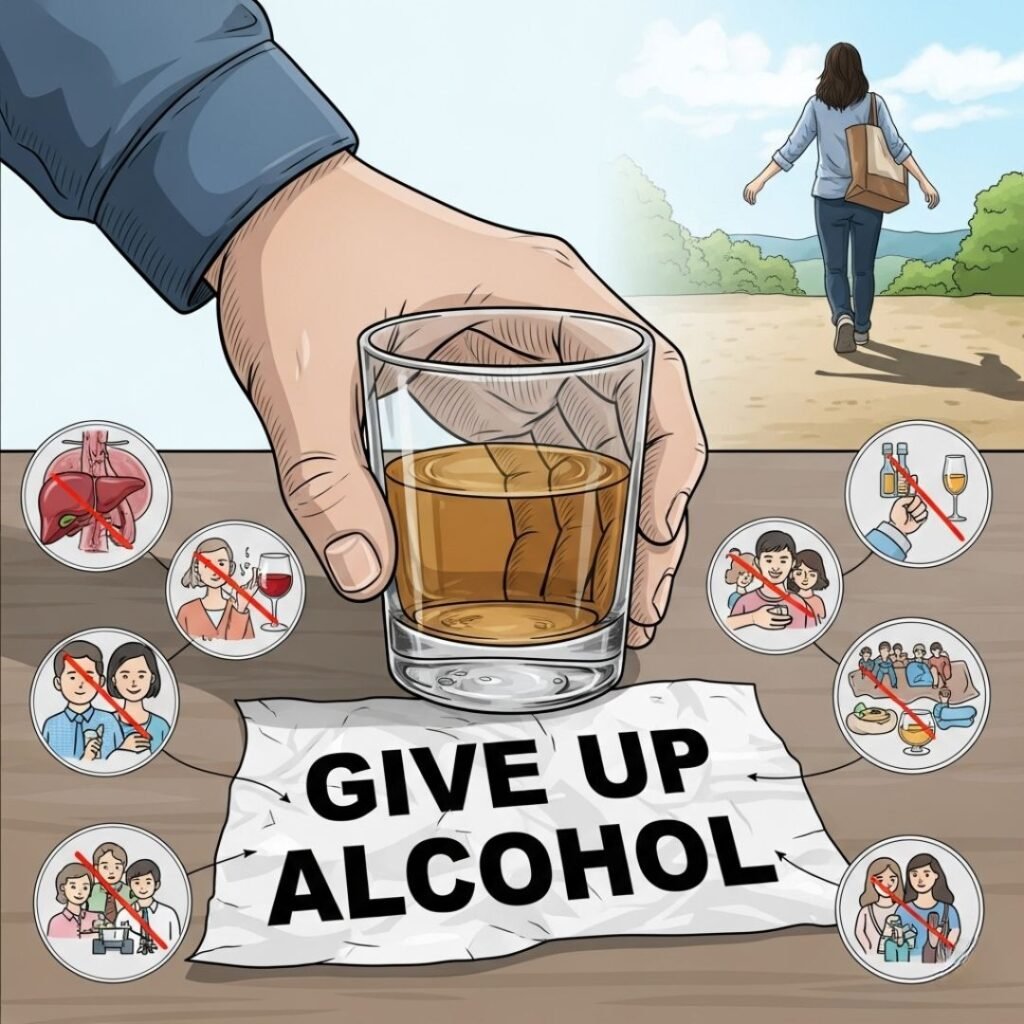
A glass of wine can feel relaxing. And sure, moderate alcohol might not be harmful for everyone. But here’s the truth: even light drinking can increase your blood pressure over time. Alcohol affects hormone levels, dehydrates you, and can sneak in lots of empty calories.
When I decided to try “Dry January,” I wasn’t sure I’d stick with it. But after a few weeks, I felt sharper in the morning. My sleep got deeper. I even lost a few pounds without trying. And my blood pressure? Noticeably lower.
Here are some easy alcohol alternatives:
-
Sparkling water with lime or berries
-
Non-alcoholic beer or wine
-
Herbal teas (chamomile, hibiscus, peppermint)
-
Kombucha (watch the sugar content!)
It’s not about cutting out all fun. It’s about giving your body a break. If you’re drinking most nights, try going alcohol-free on weekdays. It makes a bigger difference than you think.
6. Fall in Love With Leafy Greens and Whole Foods

You’ve heard it before—eat more vegetables. But it’s not just about vitamins. Leafy greens like kale, arugula, and romaine are packed with nitrates, which naturally relax your blood vessels and improve circulation. That means lower blood pressure without the side effects of pills.
When I started blending green smoothies every morning—banana, spinach, almond milk, and a few dates—I noticed something wild: I didn’t crave junk food as much. Real food started tasting better. That’s because your taste buds change when you nourish your body.
To naturally lower blood pressure, focus on:
-
Spinach, kale, and Swiss chard
-
Whole grains like brown rice, oats, and quinoa
-
Berries, especially blueberries (high in antioxidants)
-
Nuts and seeds, especially flax and chia
-
Legumes like lentils and black beans
Think of your plate as your medicine. Every bite either helps or harms. Whole foods aren’t just trendy—they’re powerful tools for healing.
7. Prioritize Sleep Like Your Life Depends on It (Because It Does)

You can eat clean, exercise, and still struggle with high blood pressure if you’re skimping on sleep. Poor sleep keeps your body in “fight or flight” mode. Your heart rate stays elevated, and your blood vessels never get to relax. Over time, that builds pressure—literally.
I used to think I was fine on five hours of sleep. I wore exhaustion like a badge. But once I started getting 7–8 hours consistently, my anxiety dropped. My cravings disappeared. My blood pressure dipped like magic.
Tips for better sleep:
-
Stick to a routine (same bedtime, even on weekends)
-
Keep your bedroom cool and dark
-
Avoid screens at least 30 minutes before bed
-
Try magnesium supplements or herbal teas like valerian root
-
Keep a notebook nearby to jot down racing thoughts
Sleep is your body’s reset button. Use it often, and you’ll see big changes in your health—and your blood pressure.
8. Hydrate Like a Pro—Water Is the Ultimate Detox

Water might be the most underrated remedy for high blood pressure. When you’re dehydrated, your blood becomes thicker, which makes your heart work harder. That raises your blood pressure—fast.
I used to forget to drink water unless I was at the gym. Now, I keep a water bottle by my desk, in the car, and even on my nightstand. Adding lemon or cucumber makes it refreshing, and it helps me sip throughout the day.
Here’s how hydration helps to naturally lower blood pressure:
-
Improves circulation
-
Reduces strain on the heart
-
Flushes excess sodium
-
Supports kidney function
Remember, thirst is a late sign of dehydration. So drink before you’re thirsty—and your body will thank you.
9. Laugh More, Worry Less: The Emotional Side of Health

It might sound too simple, but joy can be healing. Laughter boosts nitric oxide levels, which helps relax blood vessels. That means better circulation and—you guessed it—lower blood pressure.
When life gets serious, humor helps. I started watching stand-up comedy every night before bed. It became my stress reliever. And guess what? I started waking up happier and more energized.
Ways to invite joy into your life:
-
Watch a funny movie or show regularly
-
Call that friend who always cracks you up
-
Dance in the kitchen (no audience required)
-
Play games, be silly, laugh at your own mistakes
To naturally lower blood pressure, you don’t always need another pill—you might just need a good laugh. Your heart needs happiness just as much as nutrition and rest.
10. Keep Track and Celebrate Small Wins

The final, and often most overlooked, tip? Track your progress. When you write down your numbers, moods, meals, or sleep, you notice patterns. You feel in control. That’s powerful.
I started using a cheap home monitor and logging results once in the morning. Watching my numbers slowly drop gave me hope. It reminded me that small changes really do add up.
Here’s what you can track:
-
Blood pressure readings (same time each day)
-
Food journal (especially salt, water, and potassium)
-
Exercise log
-
Sleep hours
-
Stress level (1–10)
Set realistic goals. Don’t aim for perfection—aim for progress. Whether your pressure drops by 10 points or just 2, you’re moving in the right direction. Celebrate that.
FAQs: Naturally Lowering Blood Pressure
1. How long does it take to lower blood pressure naturally?
For many people, blood pressure starts improving within a few days to a few weeks of making lifestyle changes. The key is consistency—stick with your new habits.
2. Can I stop taking medication if my pressure goes down?
Always talk to your doctor first. Some people can reduce or stop meds over time, but only under medical supervision. Going off too soon can be dangerous.
3. What’s the best time to check blood pressure?
Check it in the morning before eating or drinking, and again in the evening. Be still for 5 minutes before taking it.
4. Is coffee bad for high blood pressure?
Moderation is key. One cup is usually fine, but if you’re sensitive to caffeine, it can spike your numbers. Try switching to decaf or herbal tea if needed.
5. Can stress alone cause high blood pressure?
Yes. Chronic stress keeps your body in fight mode, which raises cortisol—and blood pressure. Mindfulness, meditation, and laughter help reverse this.
6. Does losing weight lower blood pressure?
Absolutely. Losing just 5–10 pounds can make a big difference. Every pound counts when it comes to reducing strain on your heart.
7. What’s the ideal blood pressure number?
The goal is usually under 120/80 mmHg. Numbers between 120–129 systolic are considered elevated. Always consult your healthcare provider.
8. Are there natural supplements that help?
Some supplements like magnesium, potassium, CoQ10, and garlic extract may support blood pressure, but talk to a doctor before starting anything new.
Final Thoughts: Healing Starts With a Choice
You don’t have to overhaul your life overnight. Healing doesn’t happen in a sprint—it’s more like planting a garden. Some days you water. Some days you wait. But every day matters.
The journey to naturally lower blood pressure is deeply personal. It’s about listening to your body, respecting your limits, and trusting that the small things count. Choose one habit today. Start with what feels doable. Your future self—stronger, calmer, healthier—will thank you.
Stay kind to yourself. You’re not alone on this path.
